Sustainable approaches to wetlands
The buffer zone of Lang Sen Wetland Reserve is located in Vinh Thanh, Vinh Chau and Tan Hung communes (Tay Ninh province) where the community has long been attached to the nature of Dong Thap Muoi. Along with the task of conserving biodiversity, this place is becoming a bright spot of the natural livelihood model, helping people to adapt to climate change and develop a sustainable economy .
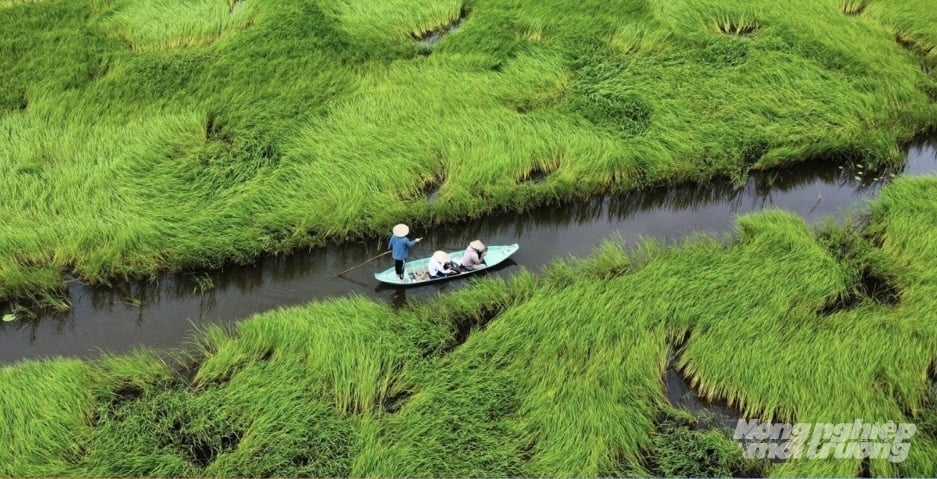
People in the Lang Sen buffer zone move by boat through flooded grasslands during flood season. Photo: Le Hoang Vu.
Mr. Nguyen Cong Toai, Deputy Director of Lang Sen Wetland Reserve, said that the Lang Sen Ramsar site covers an area of over 4,800 hectares, and is home to 142 species of fish, 158 species of birds and 331 species of plants, many of which are listed in the Vietnam Red Book. With its special ecological role such as flood regulation, groundwater replenishment, air filtration, and alluvial accumulation, Lang Sen is not only the “green lung” of the region but also a source of livelihood for hundreds of households in the buffer zone.
In recent years, the Management Board of Lang Sen Wetland Reserve, in collaboration with international organizations such as WWF and IUCN, has implemented many livelihood models that are in line with natural laws such as floating rice - fish, lotus - fish, flood season fish storage, clean straw mushrooms, water hyacinth weaving, and emission-reducing rice cultivation... These models have helped people take advantage of the ecological characteristics of floodplains to both generate income and reduce pressure on natural resource exploitation.
Notable among them is the model of floating rice cultivation combined with fish farming in Vinh Chau and Tan Hung communes with a scale of 120.8 hectares, with 33 households participating. Thanks to low production costs (only about 7 million VND/ha), productivity reaching 1.5 - 1.7 tons/ha and average selling price of 15,000 VND/kg, people earn a profit of 17 - 18.5 million VND/ha, 20 - 25% higher than traditional rice cultivation. Notably, this model also helps reduce 46% of CO₂ equivalent emissions, contributing to the implementation of green agriculture goals.
In Tan Hung commune, the lotus growing combined with fish farming model with a scale of 40.6 hectares also brought outstanding results. With a yield of 4.5 tons/ha, an average revenue of 60 - 67 million VND/ha, people achieved a profit of 32.5 - 41.5 million VND/ha.
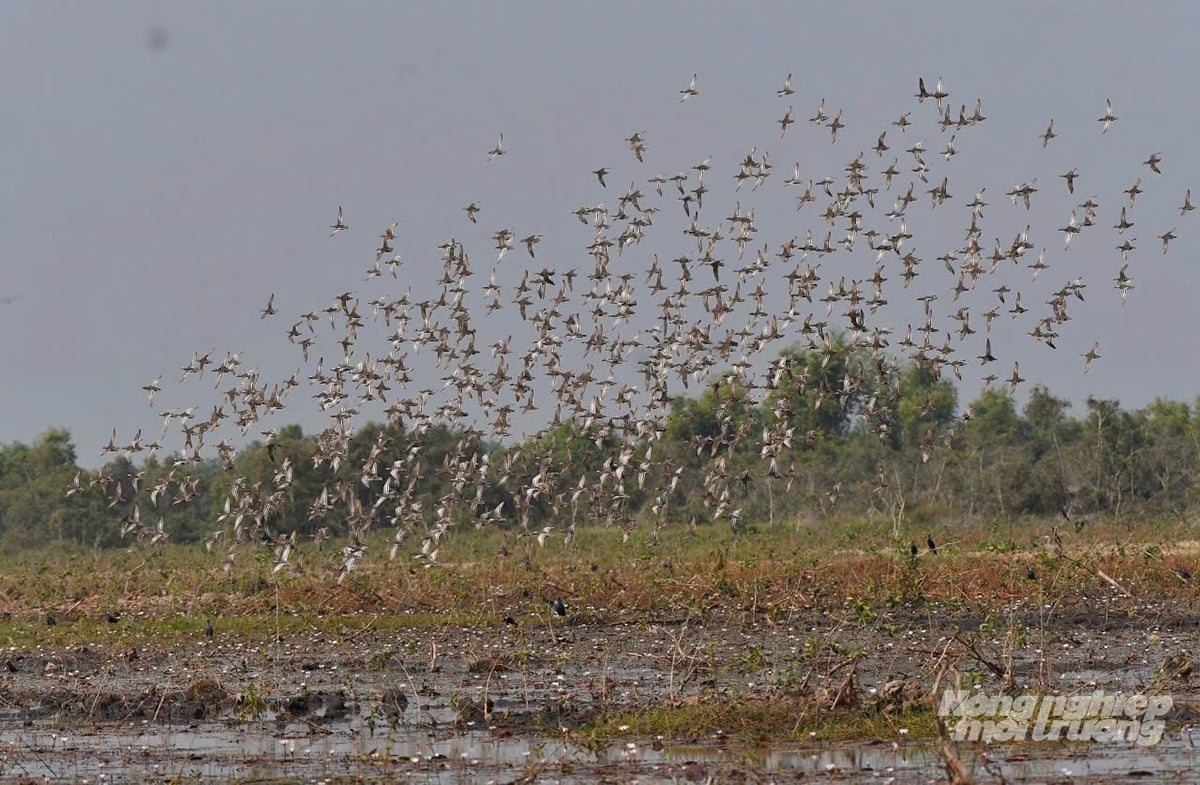
Migratory birds return to Lang Sen Wetland Reserve, signaling the flood season. Photo: Le Hoang Vu.
Mr. Toai said: Lotus - fish is a typical model of wetlands, taking advantage of flood water to clean ponds, bringing in twice the income of simple rice cultivation, while reducing up to 73% of greenhouse gases. In Vinh Thanh commune, the model of storing fish during flood season and processing dried fish of Thanh Phat Cooperative, which meets 3-star OCOP standards, is helping to create jobs and increase income for dozens of households. Here, on average, each household earns 1.5 million VND/ha from fish farming and 9.4 million VND/crop from processing dried fish, while contributing to preserving the famous Lang Sen dried fish brand.
Diversify livelihoods, reduce pressure on natural exploitation
Not only stopping at aquaculture, people have also boldly expanded the model of growing clean straw mushrooms indoors. Each household builds 6 mushroom houses (32m²/house), each crop lasts 30 - 45 days, bringing in an income of 1.8 - 4.5 million VND/crop. Utilizing straw after harvest not only reduces the burning of fields but also helps women have stable jobs, enhancing the role of gender in ecological agriculture.
In addition, the water hyacinth weaving profession has also been restored, creating regular jobs with a profit of about 5 million VND/month, suitable for the characteristics of flood season livelihoods, taking advantage of abundant natural resources.
Another notable highlight is the rice cultivation model that reduces greenhouse gas emissions in Vinh Chau commune. According to the experimental results, rice yield is equivalent to the control field but emissions are reduced by 39%, opening up the prospect of replicating the model in the process of implementing Resolution 120 of the Government on sustainable development of the Mekong Delta.
Mr. Nguyen Cong Toai added: "Developing a natural livelihood brings dual benefits, both helping people increase their income and protecting the precious Ramsar ecosystem. When people have a stable life, they are the 'extended arm' that helps us conserve biodiversity."
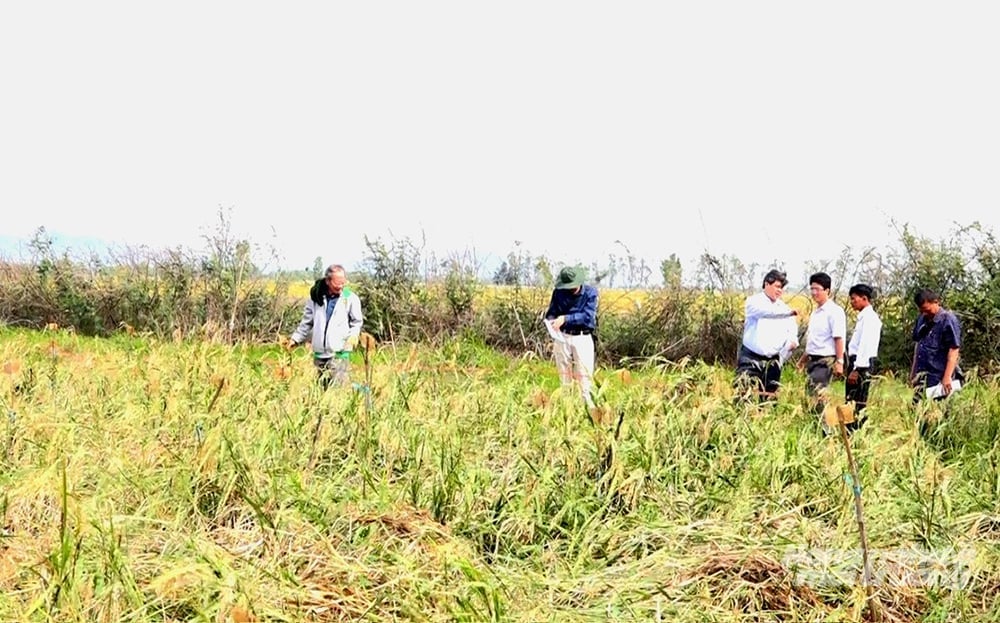
Technical staff instruct farmers on how to grow rice and reed grass together to preserve the habitat of the Lang Sen buffer zone. Photo: Le Hoang Vu.
Not only in Lang Sen, the floating rice model is also spreading in many other localities. Mr. Nguyen Van Tinh, a floating rice farmer in Tan Thanh district (Tay Ninh) shared: "Thanks to natural farming, without using chemicals, I save costs, the land is more fertile, and there are more natural fish and shrimp. Each year, the rice harvest is small but sustainable, the selling price is one and a half times higher than normal rice, and the land is healthy."
Mr. Tinh's story proves that "natural" rice production is not just a concept but a long-term livelihood path that helps people adapt to climate change and live in harmony with nature.
From Lang Sen to the national ecological agriculture strategy
According to Mr. Bui Hoai Nam, Institute of Agricultural Planning and Design, in the period 2010 - 2025, the whole country has 275 ecological agricultural models, of which 60% were deployed in just the last 5 years - the period when Vietnam affirmed its commitment to zero net emissions by 2050. However, more than 60% of current projects still rely on ODA capital, domestic resources and the private sector are still quite modest.
Mr. Nam emphasized: Ecological agriculture needs to be understood as restorative agriculture, not only creating products but also rebuilding landscapes, restoring the position of agriculture, increasing resilience to climate change. This is the path connecting people with nature, a "social and ecological shelter" for future generations.
From a market perspective, Mr. Vinod Ahuja, FAO Representative in Vietnam, emphasized: Global demand for organic agricultural products is currently about 30 billion USD/year and is increasing, consumers are also more demanding about traceability and the impact of production on the environment. This is a great opportunity for Vietnam, but it requires serious investment in the entire value chain from production, certification, promotion to market access.

Farmers in the Lang Sen buffer zone use flood-season straw to grow straw mushrooms, increasing income and stabilizing their lives. Photo: Le Hoang Vu.
The buffer zone of Lang Sen Wetland Reserve is not only home to hundreds of rare bird and fish species but also a model of sustainable livelihoods associated with nature conservation. The coordination between the Management Board, local authorities, international organizations and people in the buffer zone has created a closed value chain for typical products such as floating rice, lotus, flood season fish, clean straw mushrooms, etc.
In the context of complex climate change, Lang Sen's natural farming models are proving to be clearly effective, helping people cope with erratic floods, reduce emissions, improve soil, accumulate alluvium, and maintain the wetland ecosystem which is the "green lung" of the upstream area.
“Developing livelihoods during the flood season is the right approach according to the philosophy of following nature. When people live in harmony with nature, Lang Sen not only retains its international Ramsar value but also becomes a symbol of ecological agriculture in the Dong Thap Muoi region,” affirmed Mr. Nguyen Cong Toai.
Source: https://nongnghiepmoitruong.vn/sinh-ke-xanh-o-ramsar-lang-sen-d779271.html



![[Photo] Prime Minister Pham Minh Chinh attends the Patriotic Emulation Congress of the Ministry of Foreign Affairs for the 2025-2030 period](https://vphoto.vietnam.vn/thumb/1200x675/vietnam/resource/IMAGE/2025/11/10/1762762603245_dsc-1428-jpg.webp)


![[Photo] Prime Minister Pham Minh Chinh attends the annual Vietnam Business Forum](https://vphoto.vietnam.vn/thumb/1200x675/vietnam/resource/IMAGE/2025/11/10/1762780307172_dsc-1710-jpg.webp)





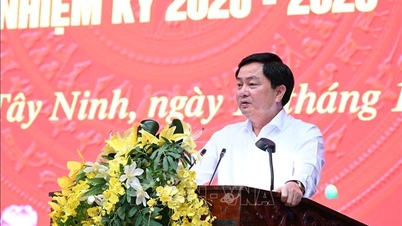

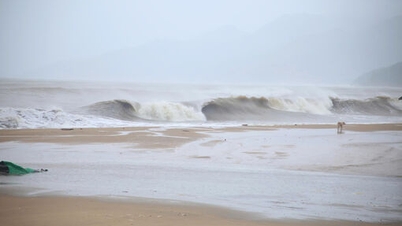



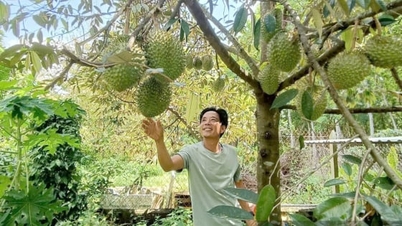
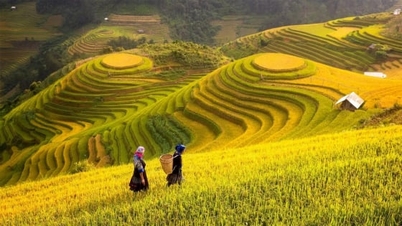











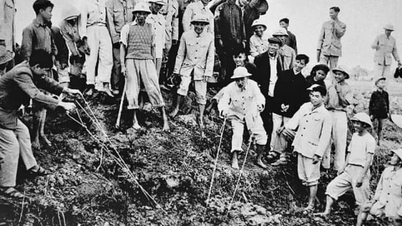








































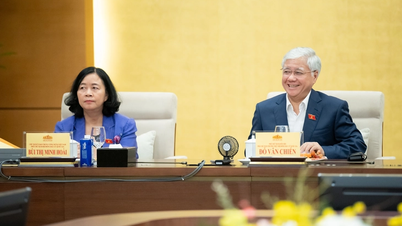





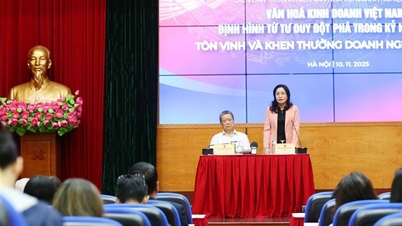
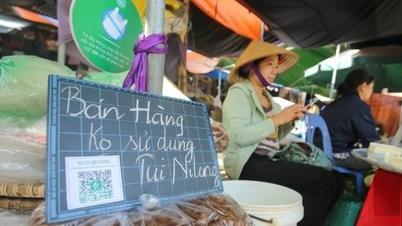


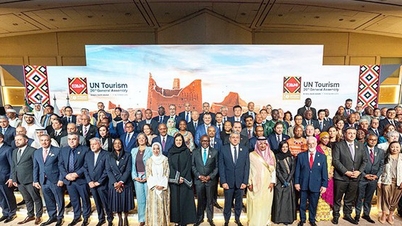








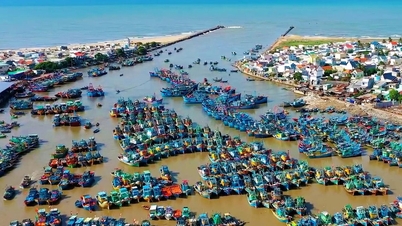

![Dong Nai OCOP transition: [Article 3] Linking tourism with OCOP product consumption](https://vphoto.vietnam.vn/thumb/402x226/vietnam/resource/IMAGE/2025/11/10/1762739199309_1324-2740-7_n-162543_981.jpeg)









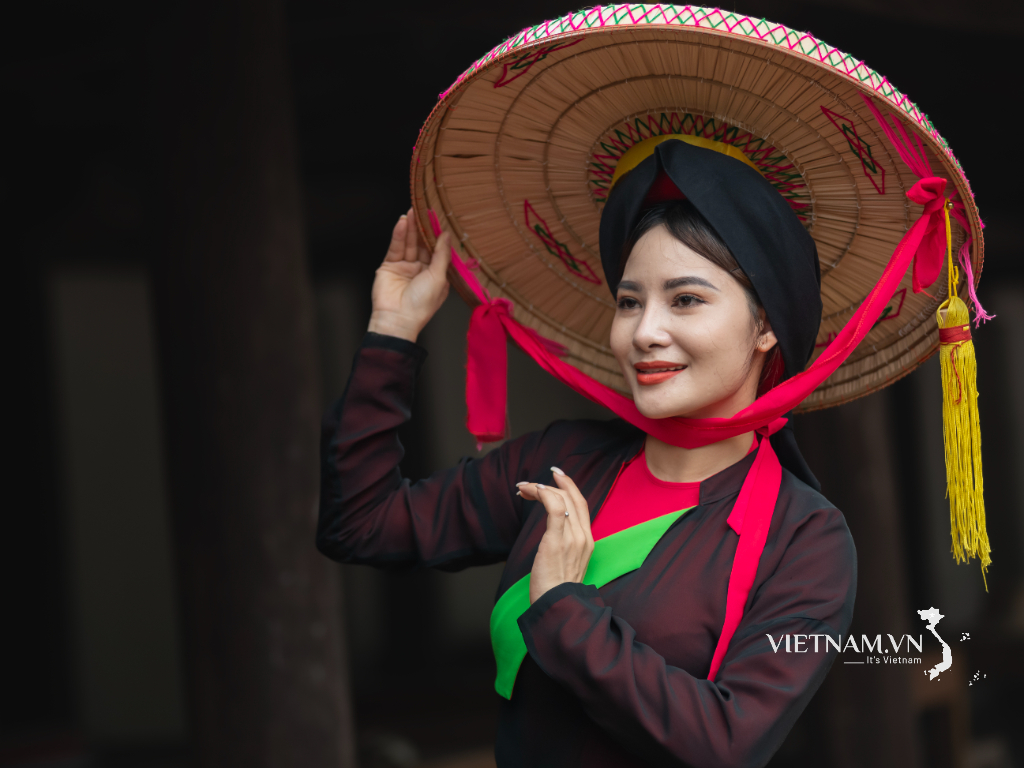
Comment (0)